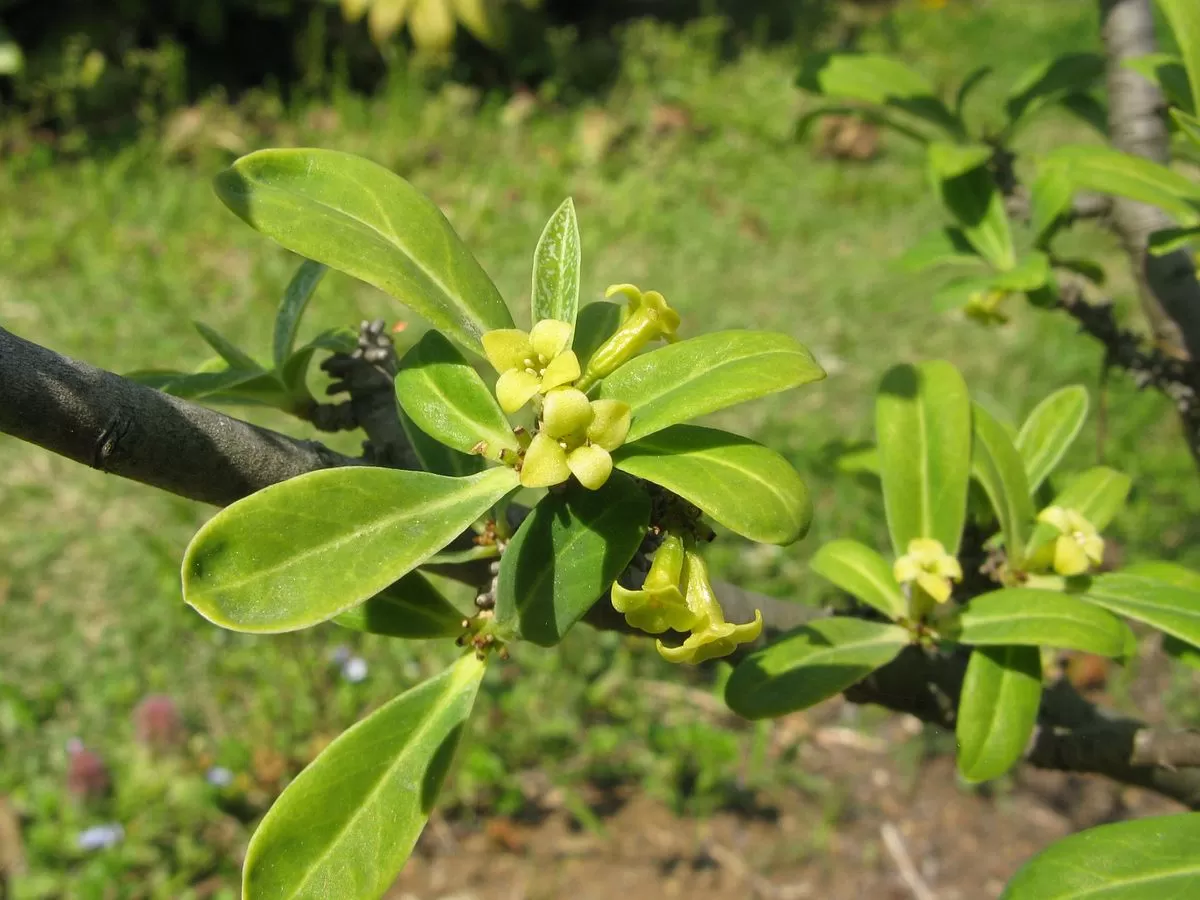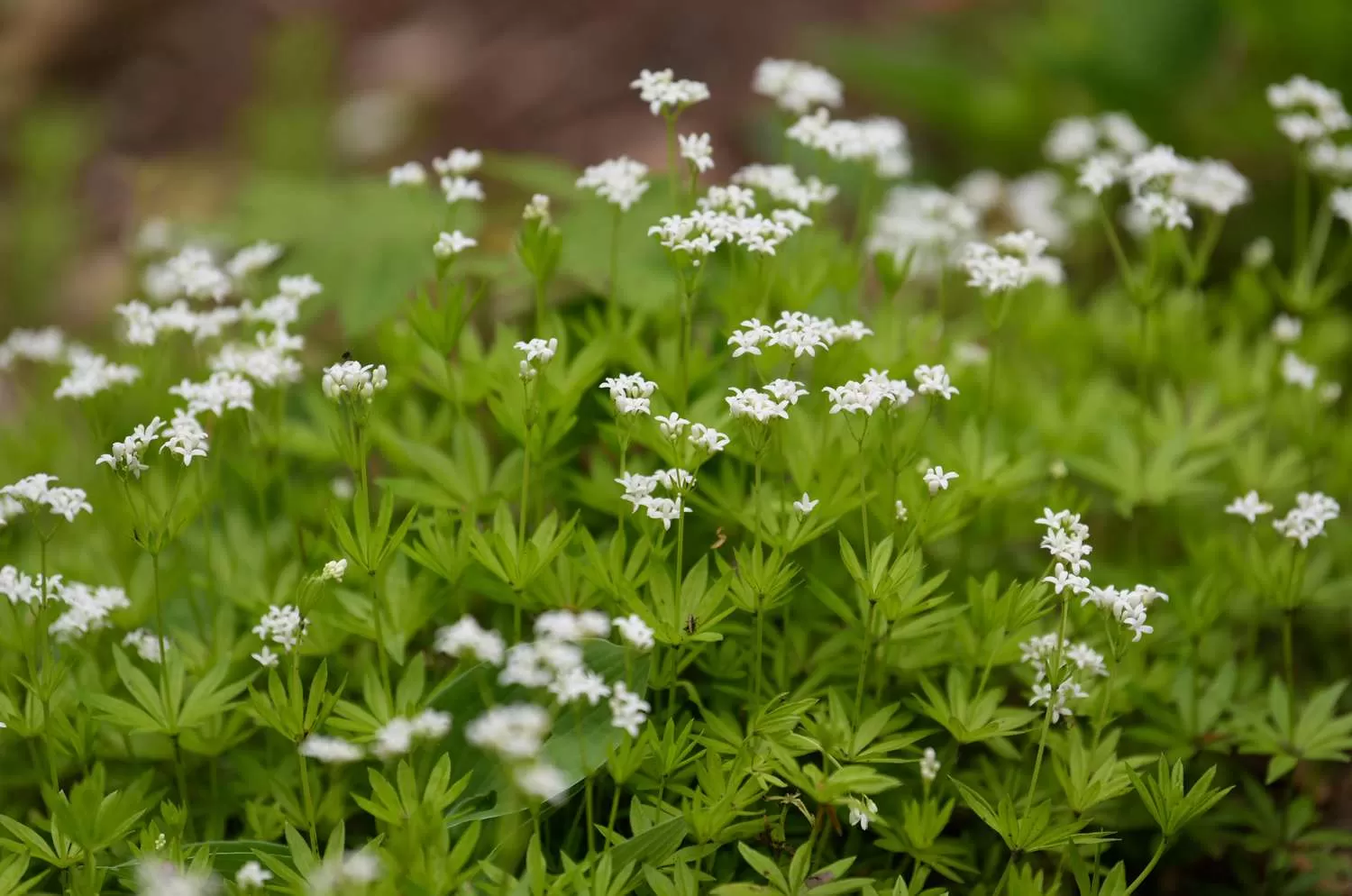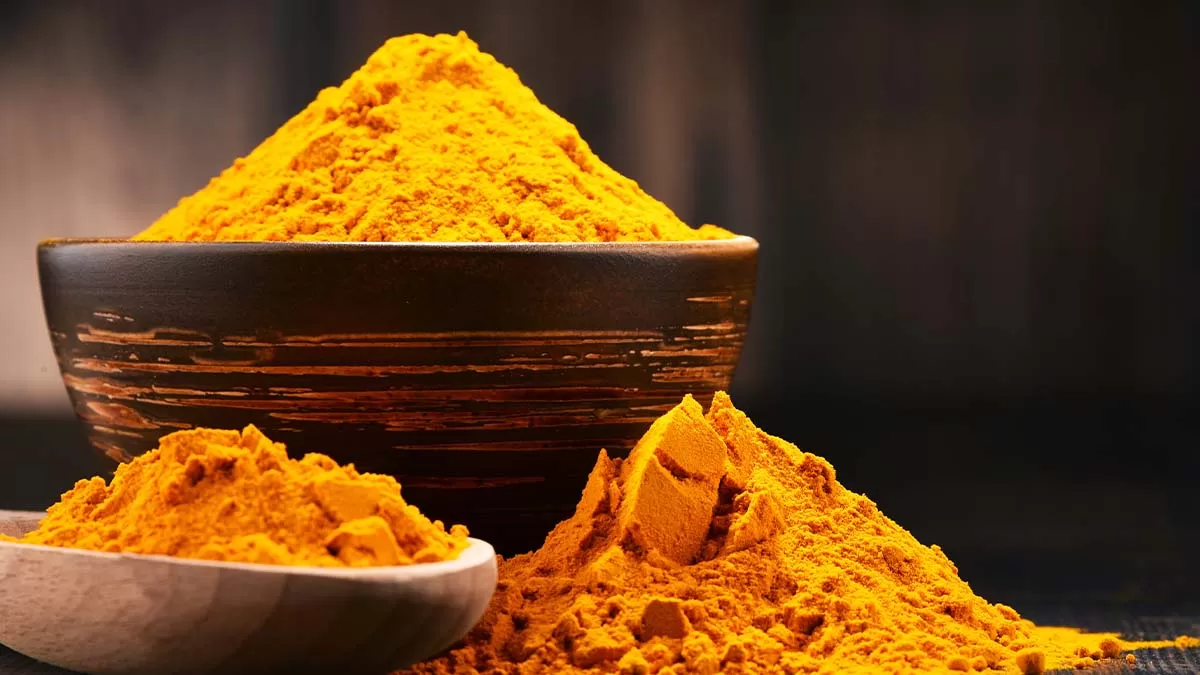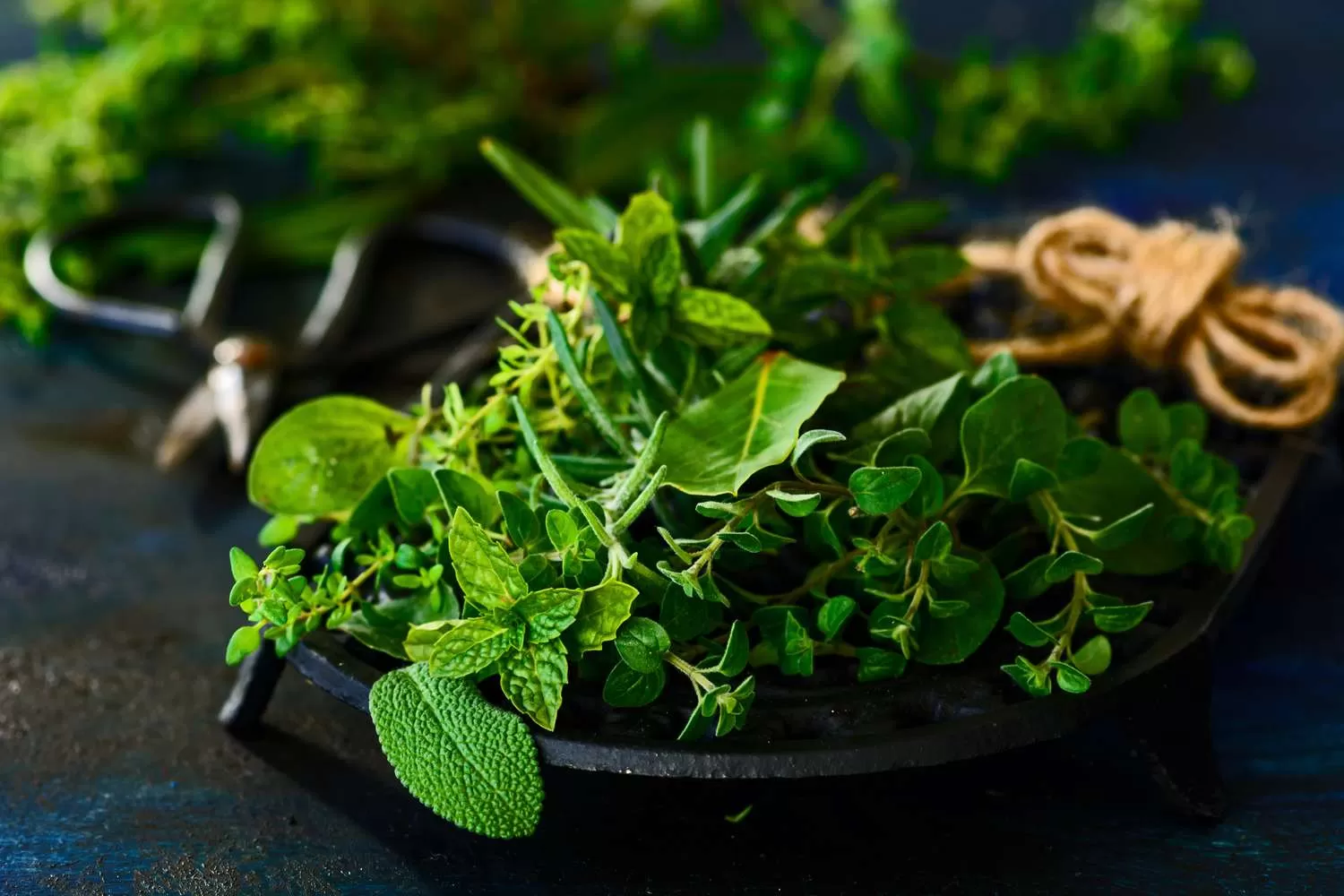- 0086-571-85302990
- sales@greenskybio.com
Combatting Springtime Ailments with Traditional Chinese Medicine
2025-04-11
As we transition from winter's stillness to spring's lively renewal, many welcome the warming weather and blossoming landscapes. However, spring can also introduce unwanted symptoms, such as headaches, itchy skin, and joint pain. Traditional Chinese Medicine (TCM) attributes these ailments to "wind evil," a concept with deep roots in ancient healing practices. According to the Epoch Times, embracing TCM remedies may alleviate common spring health issues.
Understanding Wind Evil
The concept of "wind evil" in TCM dates back thousands of years and is characterized as one of the six pathogenic factors—alongside cold, heat, dampness, dryness, and fire—that can disturb the body's balance and result in illness. Considered the "big brother of the disease kingdom," wind is viewed as the most pervasive and dangerous. It facilitates the entry of other pathogens, like cold or dampness, into the body during seasonal transitions, especially in spring. This understanding remains relevant today, as people continue to experience symptoms such as headaches and joint pain during the early months of flowering.
Relieving Headaches Through Acupressure
Spring's cold winds can trigger headaches, linked to wind and cold evils in TCM, resulting in neck stiffness and discomfort at the back of the head. TCM suggests relieving these headaches by massaging specific acupoints. The "Fengchi Points" (GB20) at the skull's base and the "Fengfu Point" (DU16) above the hairline are effective targets. Massaging them for one to three minutes daily can alleviate headaches by promoting smooth Qi flow.
Mung Bean Licorice Soup for Itchy Skin
Spring’s wind and heat may irritate the skin, causing redness, rashes, and itching. TCM offers the “Mung Bean Licorice Soup” as a remedy. Mung beans are praised for their detoxifying effects and ability to harmonize the body's organs. Consuming them with their skins intact maximizes their medicinal benefits. Licorice enhances the soup's healing properties.
Recipe for Mung Bean Licorice Soup:
300 grams of mung beans
15 grams of raw licorice
1000 milliliters of water
Preparation:
1. Wash and soak mung beans in water for one hour.
2. Add licorice, boil, then simmer for 15 minutes.
3. Let it sit for five minutes.
This soup soothes itchy skin and supports wellness, but individuals with chills or digestive issues should consume mung beans cautiously.
Addressing Joint Pain with Sishen Soup
For springtime joint pain provoked by damp and windy weather, TCM suggests "Sishen Soup," a remedy to remove dampness and enhance joint mobility, suitable for those with rheumatoid arthritis.
Recipe for Sishen Soup:
30 grams of Dioscorea polystachya
60 grams of lotus seeds
25 grams of poria
30 grams of pearl barley
1500 milliliters of water
Preparation:
1. Wash the ingredients and add them to a pot with water.
2. Boil then simmer for 40 minutes.
Adding pork or mushrooms can enhance the flavor. This soup aids joint and gastrointestinal health, offering versatile relief.
Optimal Health Through Springtime Superfoods
TCM advocates seasonal eating to maintain balance and ward off spring ailments. Eating seasonally prevents issues like diarrhea in summer from spring mishaps. Recommended foods include:
Spinach: Nourishes the liver, enhances circulation and protects eyes.
Soybean sprouts: Detoxify, clear heat, reduce dampness and alleviate allergies.
Wolfberry (Goji berries): Support liver and kidney health, elevate vision and complexion.
Embracing TCM's Spring Wellness Strategies
Spring introduces possibilities for wind-related ailments. TCM practices—acupoint massage, dietary remedies and seasonal eating—offer defense against these effects. Adjusting warmth, diet, and acupoint massage can mitigate wind evil's impact and maintain health. This ancient knowledge provides timeless solutions to contemporary health challenges.














